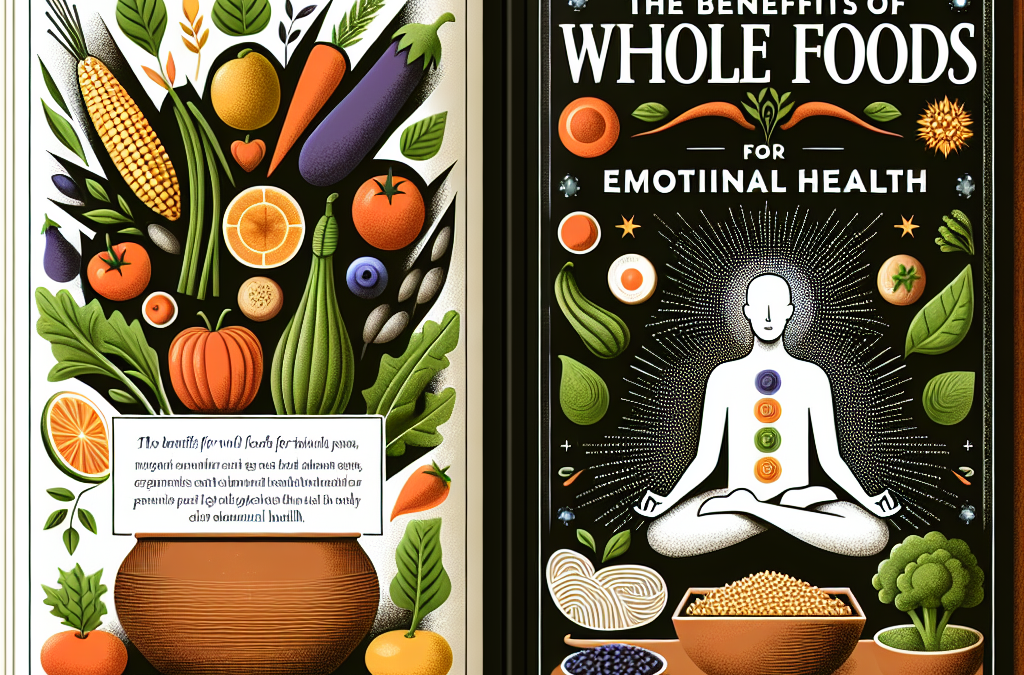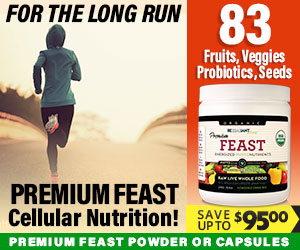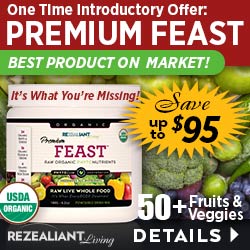Table of Contents
- 1. Quinoa and Ancient Grains
- 2. Canned Legumes and Beans
- 3. Organic Nuts and Seeds
- 4. Frozen Organic Vegetables
- 5. Whole Grain Flours
- 6. Natural Nut Butters
- 7. Dried Fruits and Fruit Snacks
- 8. Herbal Teas and Functional Drinks
- 9. Coconut Oil and Healthy Fats
- 10. Raw Honey and Natural Sweeteners
- FAQs
Building a well-stocked whole food pantry is essential for anyone aiming for a healthier lifestyle in 2025. The term whole food pantry staples encompasses nutrient-dense, minimally processed foods that support overall wellness and sustainability. As more people prioritize clean eating, knowing which items to keep on hand ensures your meals are both nourishing and delicious. In this comprehensive guide, Iâll share the top 10 whole food pantry staples for 2025, based on trends, research, and personal experience. Let’s dive into creating the perfect pantry for a vibrant, health-conscious year ahead.
1. Quinoa and Ancient Grains
Rich Sources of Nutrients
Quinoa, often called a supergrain, is a complete protein containing all nine essential amino acids. Unlike refined grains, quinoa and other ancient grains like amaranth, millet, and freekeh provide fiber, vitamins, and minerals that support digestion and energy levels. In 2025, these grains remain a staple for plant-based eaters and anyone seeking diverse nutrient sources. Stocking up on these grains ensures quick, nutritious meals without relying on processed ingredients.
Versatility in the Kitchen
One of my favorite ways to use quinoa is in salads, bowls, or as a rice substitute. It cooks quicklyâabout 15 minutesâand can be prepared in bulk. Ancient grains are also great for baking, porridge, or as a side dish. They are naturally gluten-free (except for some cross-contaminants), making them suitable for various dietary needs. Aim to keep a variety of these grains in your pantry to add diversity and nutrition to your meals.
Practical Tips
- Store in airtight containers to maintain freshness.
- Buy in bulk for cost savings and reduced packaging waste.
- Combine with fresh vegetables and herbs for quick meals.
2. Canned Legumes and Beans
Ease and Convenience
Canned legumes like chickpeas, black beans, and lentils are a must-have in any whole food pantry. They are convenient, affordable, and rich in protein, fiber, and micronutrients. For 2025, they continue to be fundamental for quick salads, stews, and dips. With various flavor options available, they make plant-based cooking effortless and sustainable.
Health Benefits and Sustainability
Legumes are linked to numerous health benefits, including improved digestion, lower cholesterol, and stabilized blood sugar levels. They also have a lower environmental footprint compared to animal proteins, making them a smart choice for eco-conscious consumers in 2025. Incorporating canned legumes into your weekly meal prep simplifies achieving a balanced diet.
Practical Storage Tips
- Rinse canned beans thoroughly to reduce sodium content.
- Have a variety of beans on handâeach adds different flavors and textures.
- Combine with whole grains and vegetables for complete, nutritious meals.
3. Organic Nuts and Seeds
Nutrition Powerhouses
Nuts and seeds like almonds, walnuts, chia seeds, and flaxseeds are packed with healthy fats, protein, fiber, and antioxidants. They are vital components of a whole food pantry in 2025, supporting heart health and brain function. Their versatility allows them to be eaten as snacks or added to oatmeal, smoothies, and baked goods.
Sustainability and Storage
Choosing organic nuts and seeds ensures minimal pesticide exposure and supports sustainable farming practices. Store them in airtight containers in a cool, dark place to extend shelf life, especially for raw and oil-rich varieties. Keeping a variety of nuts and seeds on hand encourages healthy snacking habits and improves meal diversity.
Tips for Incorporation
- Crumble nuts over salads or yogurt for added crunch.
- Use seeds in baking or make homemade nut butters.
- Include a mix of varieties in your pantry for balanced nutrition.
4. Frozen Organic Vegetables
Convenience Meets Nutrition
In 2025, frozen organic vegetables remain a cornerstone for busy households. They retain most of their nutrients since they are flash-frozen shortly after harvest. Keeping a variety in your freezer allows for quick meal additions that boost fiber and micronutrient content without extra prep time.
Practical Benefits
Frozen vegetables reduce food waste and provide affordable access to seasonal produce year-round. They are ideal for stir-fries, soups, or as sides. Having organic options advances your commitment to clean eating while minimizing pesticide intake and supporting sustainable farming practices.
Tips for Buying and Storage
- Select bagged vegetables with minimal packaging and no added preservatives.
- Store in airtight containers or freezer-safe bags to prevent freezer burn.
- Use within 6-12 months for best quality and nutrition.
5. Whole Grain Flours
Creating Nutritious Baked Goods
In 2025, whole grain floursâsuch as whole wheat, spelt, buckwheat, and oat flourâare vital in a whole food pantry. They serve as healthier alternatives to refined flours and enrich baked goods with fiber, vitamins, and minerals. Using these flours is an easy step toward cleaner, more nourishing home-baking.
Storage and Usage Tips
Store flours in airtight containers in a cool, dark place to prevent rancidity. Invest in small batches if you bake infrequently, or purchase in bulk for cost savings. Experimenting with different types of whole grain flours can diversify your recipes and increase nutritional variations in your diet.
Health and Environmental Impact
Using whole grain flours supports gut health, weight management, and overall wellness. It also aligns with sustainable practices as milling whole grains produces less waste and energy consumption compared to refined flour processing.
Huge Discount on the Best Certified Organic Whole Food Supplement!
6. Natural Nut Butters
Healthy Spreads and Snacks
Natural nut butters, such as almond, peanut, or sunflower seed butter, are staples in a 2025 whole food pantry. They provide healthy fats, protein, and a satisfying flavor. Plus, they are versatileâperfect for spreading on bread, adding to smoothies, or making energy bites.
Choosing the Best Options
Opt for nut butters with minimal ingredientsâideally just nuts and a pinch of salt. Avoid products with added sugars, hydrogenated oils, or preservatives. Looking for organic options supports your health and aligns with sustainable, eco-friendly farming practices.
Storage and Usage Tips
- Keep in a cool, dark place or in the fridge for longer shelf life.
- Stir well before use if oil separation occurs.
- Use within 3-6 months after opening for freshness.
7. Dried Fruits and Fruit Snacks
Natural Sweetness for Snacks
In 2025, dried fruits like apricots, dates, figs, and cranberries are excellent whole food pantry staples. They offer natural sweetness, fiber, antioxidants, and micronutrients. Use them as snacks, in baking, or mixed into overnight oats for a wholesome boost.
Storage and Preservation
Keep dried fruits in airtight containers away from direct sunlight to prevent oxidation and preserve flavor. Choose varieties with no added sugars or preservatives to maximize health benefits. Proper storage extends shelf life up to a year or more.
Practical Uses and Tips
- Combine with nuts and seeds for homemade trail mix.
- Chop and add to salads or cereals for extra texture.
- Blend with nuts and water to create natural fruit spreads.
8. Herbal Teas and Functional Drinks
Supporting Wellness Naturally
Herbal teas like chamomile, peppermint, and turmeric blends are essential for a balanced, health-focused pantry in 2025. They promote relaxation, digestion, and immune support. Functional drinks such as kombucha or herbal infusions are also gaining popularity for their probiotic and antioxidant content.
Health Benefits and Sustainable Sourcing
Herbal teas contain bioactive compounds that can help reduce inflammation and boost hydration. Opt for organic, sustainably sourced versions to support environmental health. Making your own herbal infusions at home is an easy, cost-effective way to enhance wellness routines.
Usage Tips
- Store in airtight tins or bags to maintain freshness.
- Experiment with blends and note their effects on your wellbeing.
- Use loose herbs or tea bagsâchoose eco-friendly options for sustainability.
9. Coconut Oil and Healthy Fats
Versatile Cooking and Skincare
Coconut oil remains a popular whole food pantry staple in 2025 due to its versatility, flavor, and health properties. It can be used for sautéing, baking, or as a natural moisturizer. Rich in medium-chain triglycerides (MCTs), it supports metabolic health and sustained energy.
Health Benefits and Precautions
While coconut oil offers many benefits, moderation is key due to its saturated fat content. Incorporate it wisely into your diet to maximize benefits, such as improved digestion and brain health. Always choose organic, cold-pressed, unrefined coconut oil for maximum purity.
Storage and Usage Tips
- Keep in a cool, dark place for optimal shelf life.
- Use in cooking, baking, or as a personal care item.
- Start with small amounts and observe how your body responds.
10. Raw Honey and Natural Sweeteners
Natural Sweetness and Medicinal Uses
Raw honey, maple syrup, and coconut sugar are integral parts of a whole food pantry in 2025. They provide naturally occurring sugars along with antioxidants and trace minerals. Raw honey especially is valued for its antibacterial properties and soothing effects.
Choosing Clean and Sustainable Options
Stick with minimally processed, organic, and sustainably sourced sweeteners. Raw honey should be unfiltered and unpasteurized to retain its beneficial enzymes. Organic maple syrup and coconut sugar also support eco-friendly farming methods.
Usage Tips and Recipes
- Use as natural sweeteners in teas, smoothies, or baking recipes.
- Combine with nuts and oats to make energy bars or bites.
- Limit overall intake to manage blood sugar levels effectively.
Conclusion
Curating a collection of whole food pantry staples for 2025 ensures youâre prepared to cook healthy, nutritious, and delicious meals every day. These 10 essential itemsâranging from ancient grains to natural sweetenersâreflect current nutritional trends and sustainable practices. By investing in quality, minimally processed foods, you support your wellbeing and the planet. Start today by stocking up on these pantry essentials, and enjoy the benefits of wholesome eating throughout the year.
Frequently Asked Questions
- What are the best whole food pantry staples for a healthy 2025?
- Items like quinoa, canned beans, nuts, frozen vegetables, and whole grain flours are among the best staples to keep in your pantry for balanced, nutritious meals.
- How can I store whole food pantry staples to maximize shelf life?
- Use airtight containers, keep in a cool, dark place, and buy in bulk for cost savings. Proper storage prevents spoilage and maintains freshness.
- Why are organic and sustainable options important in a whole food pantry?
- Organic, sustainably sourced foods reduce pesticide exposure, support eco-friendly farming, and ensure higher nutrient quality in your diet.
- Choosing organic and sustainable options also aligns with environmentally responsible living in 2025.
- Can I include processed options like canned or dried foods in a whole food pantry?
- Yes, but opt for minimally processed, preservative-free choices. For example, choose cans with no added salt or preservatives and dried fruits with no added sugars.




